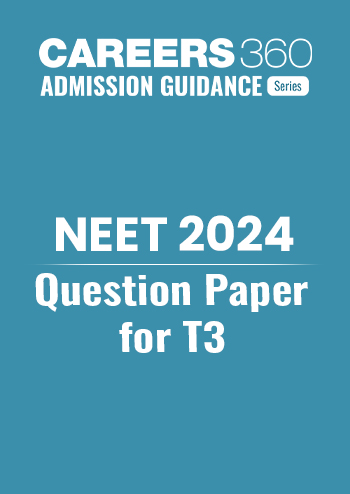Gibberellins : Discovery and Functions - Practice Questions & MCQ
Quick Facts
-
Functions of Gibberellins is considered one the most difficult concept.
-
19 Questions around this concept.
Solve by difficulty
Which of the following is the first isolated gibberellic acid ?
Concepts Covered - 2
- The ‘bakanae’ (foolish seedling) disease of rice seedlings, was caused by a fungal pathogen Gibberella fujikuroi.
- E. Kurosawa (1926) reported the appearance of symptoms of the disease in rice seedlings when they were treated with sterile filtrates of the fungus.
- The active substances were later identified as gibberellic acid.

- Gibberellins are another kind of growth accelerating PGR. There are more than 100 gibberellins reported from widely different organisms such as fungi and higher plants.
- They are denoted as GA1, GA2, GA3 and so on.
- GA3 (C19H22O6) was the first isolated gibberellic acid.
- All GAs are weakly acidic and have a gibbane ring structure.

- Gibberellins are synthesized in buds, developing embryos, root tips, young apical leaves, shoot tips and seeds.
- These are readily transported in the plant, moving passively with streams in xylem and phloem.
- Their transport is non-polar.
Anti-gibberellins:
- These compounds inhibit the effects of gibberellins on growth.
- Maleic hydrazide, Phosphon D, Alar and chlorocholine chloride, etc. are some anti-gibberellins.
1. Stem elongation: Gibberellins induce elongation of internodes of the stems.
2. Leaf expansion: Gibberellins help in cell growth of stem, leaves and other aerial parts. Therefore, they increase the size of stem, leaves, flowers and fruits.
3. No effect on roots
4. Reversal of dwarfism: Besides general increase in stem length, gibberellins specifically induce intermodal growth in some genetically dwarf varieties of plants like Pea and Maize. It appears that dwarfness of such varieties is due to internal deficiency of gibberellins.
5. Bolting: Gibberellins induce sub-apical meristem to develop faster. This causes elongation of reduced stem or bolting in case of rosette plants (e.g., Henbane, Cabbage) and root crops [e.g., Radish). Normally bolting occurs at the onset of reproductive phase. It is favoured in nature by either cold nights or long days.

6. Enzyme formation: Gibberellins induce hydrolytic enzymes in the aleurone layer of the endosperm of germinating cereal grains and barley seeds. Enzymes like proteases, amylases, lipases, etc. are mobilised.
7. Breaking of Dormancy: Gibberellins overcome the dormancy of buds, tubers, seeds, etc. and allow them to grow. Here, they act antagonistically to ABA.
8. Parthenocarpy: Gibberellins have been shown to be more effective than auxins in inducing the parthenocarpy in fruits like apples, pears, etc. Gibberellins have been used in the large scale production of seedless grapes.
9. Sex expression: Gibberellins induces male flower expression.
10. Substitution for vernalization: Certain plants need a low temperature for flowering. This low-temperature requirement of biennial plants can be substituted by gibberellins.
11. Delayed ripening: Ripening of citrus fruits can be delayed by gibberellins. It provides for safe storage.
12. Seed germination: Gibberellins promote the seed germination in the positively photoblastic seeds of lettuce and tobacco in complete darkness.
13. GA3 is used to speed the malting process in brewing industries due to an increase in the production of amylases.
Study it with Videos
"Stay in the loop. Receive exam news, study resources, and expert advice!"















